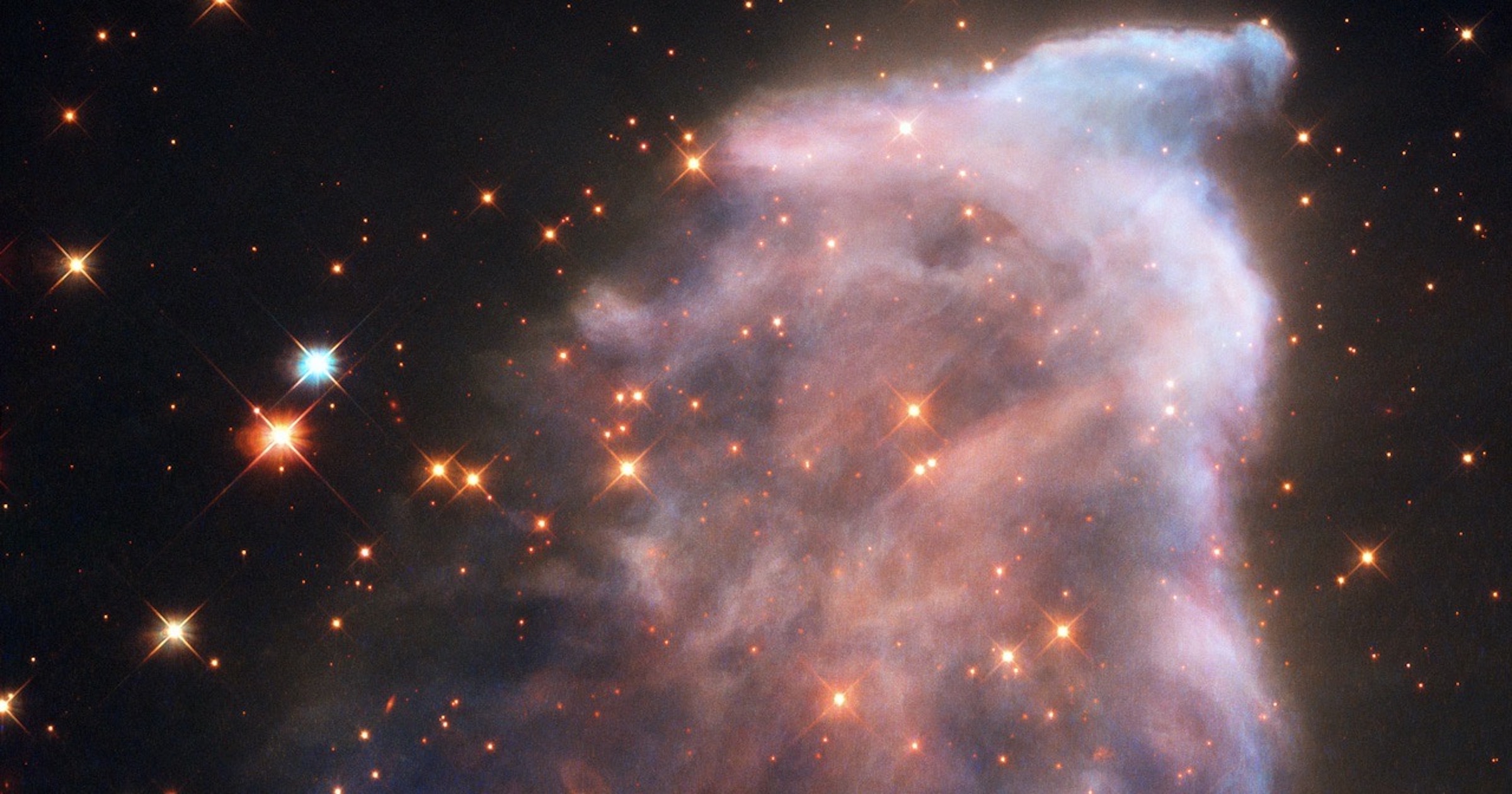Many have argued that some of the most compelling evidence for design in nature is the required fine-tuning of the universe to support life (see here, here, here). Namely, a life-permitting universe requires that the values of various parameters be set within a narrow range of possible values. Examples include the strength of the fundamental forces of nature (e.g., gravity), the masses of particles (e.g., electrons), and the universe’s initial conditions (e.g., initial energy density). The conclusion of fine-tuning has been accepted by a veritable who’s who of leading physicists including John Barrow, Bernard Carr, Paul Davies, and George Ellis.
Yet some scientists have strongly opposed this conclusion, due less to the scientific evidence than to its philosophical implications, specifically how it points to the universe having a creator. One of the leading proponents of fine-tuning is theoretical physicist Luke Barnes, and he has responded in detail to critics such as Victor Stenger and Sean Carroll (see here, here, here). More recently, theoretical physicist Sabine Hossenfelder entered the debate with a series of tweets, blog posts, and a journal article (see here, here, here) where she reiterates the assertion that any claims of the universe being fine-tuned for life are unscientific and fruitless.
Common Errors
Hossenfelder’s arguments represent common errors committed by critics, so they deserve special attention. Her weakest argument is that the assumption of fine-tuning has led to inaccurate predictions related to the discovery of new fundamental particles. This assertion is without merit since a few inaccurate predictions related to one set of parameters in no way challenge the generally accepted evidence of fine-tuning for a completely different set. Another weak argument is that the analyses of individual parameters, such as the mass of an electron, “don’t take into account simultaneous changes in several parameters and are therefore inconclusive.” This criticism completely overlooks Luke Barnes’s careful studies of the effect of altering multiple parameters at the same time. His results only reinforce the fine-tuning conclusion.
A more substantive argument is that some details of the universe might be less restrictive than originally assumed. Hossenfelder cites a paper by Harnik, Kribs, and Perez that asserts that a universe without a weak force could still support life. Yet such claims have not withstood careful scrutiny. For instance, a paper by Louis Clavelli and Raymond White demonstrates that the authors of the initial paper only considered some of the consequences of removing the weak force. They ignored other consequences that would likely have precluded any possibility of the universe hosting complex life:
- Core collapse supernovae would not occur, which are essential for the production and distribution of sufficient oxygen for a life-permitting universe.
- The time required for galaxy and star formation would delay their genesis until a time dangerously close to the age when the universe started to expand rapidly due to the cosmological constant/dark energy. After that point, planets would never form, thus precluding the possibility of life.
- Radioactive decay of heavy elements would not occur, so planets’ cores would cool more quickly. The rapid cooling would result in a lack of volcanic activity. This activity is essential for maintaining a stable greenhouse effect on Earth-like planets, so habitable temperatures would be far less probable.
Her Strongest Objection
Hossenfelder’s strongest argument is that many fine-tuning parameters cannot in fact be quantified. On this basis, she contests the reality of fine-tuning as a feature of nature that has to be explained. To support her claim, she points out that many physicists calculate the degree of fine-tuning associated with different parameters by assuming that all possible values of different physical constants, for example, within a given range are equally probable. She then argues that physicists have no way of knowing whether or not this assumption is true.
Perhaps, she suggests, some universe-generating mechanism exists that produces universes with, for example, certain gravitational force constants more frequently than universes with other gravitational force constants. Taking such biasing into account would clearly change the calculated degree of fine-tuning (or the probability) associated with any given range of values that correspond to a life-permitting universe. Thus she argues that the possibility of such biasing in the generation of universes implies that we cannot make accurate assessments of fine-tuning — and, therefore, that we cannot be sure that the universe actually is fine-tuned for life.
Nevertheless, Hossenfelder’s objection has an obvious problem. The allowable ranges of many physical constants and other parameters are incredibly narrow within the vast array of other possible values. For instance, the ratio of the strengths of the electromagnetic force to gravity must be accurate to 1 part in 1040 ( a number greater than a trillion trillion trillion). Consequently, any universe-generating mechanism capable of favoring the production of those specific and tiny ranges would itself need to be finely tuned in order to produce life with high probability. In other words, her universe-generating mechanism would require fine-tuning to ensure the biasing that would allow her to explain away fine-tuning in our universe. In summary, Hossenfelder’s criticisms represent no serious challenge to the fine-tuning argument.
